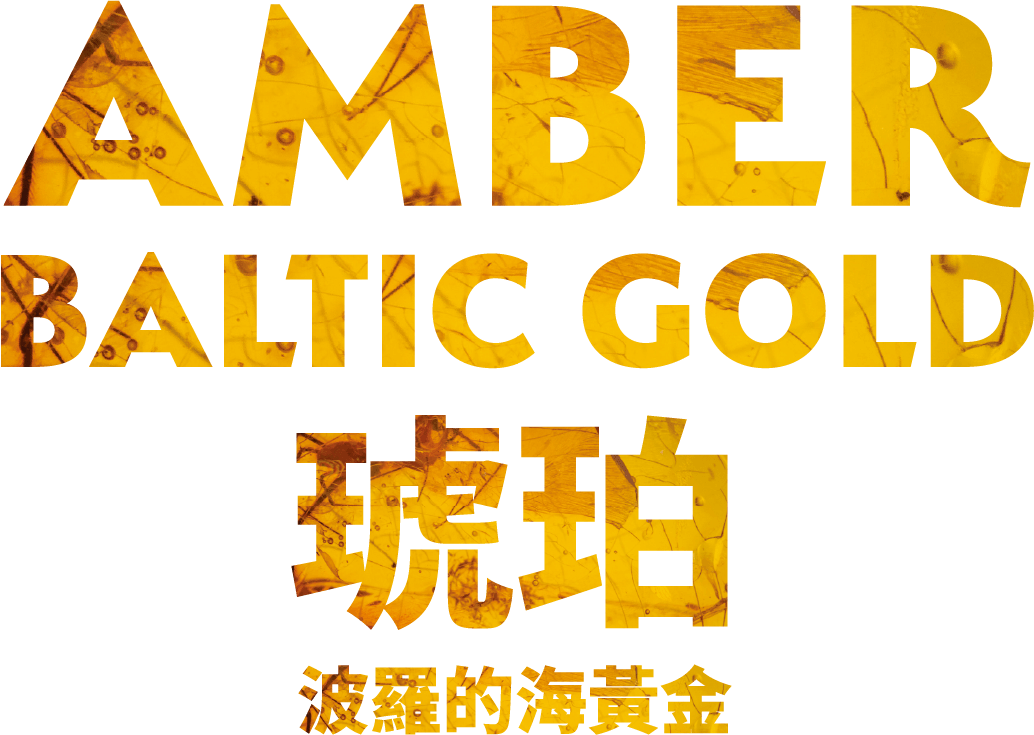Later European and Chinese Amber Artworks
Europe
By the late 18th century, amateur scientists had confirmed that amber was an organic material rather than a mineral. At the same time, amber fell out of fashion, displaced by newer luxury materials such as porcelain. Only in the Baltic regions did it continue to be valued as a national heritage. A mother would give her amber necklaces and brooches to her daughter when she wed, who in turn would increase their number before passing them on to her own daughter.
In terms of style, 19th-century Baltic designers retained as much as possible the original shape of the raw amber in their jewellery and decorations. In contrast, Chinese carvers of that period would sculpt the raw amber into completely new shapes, leaving few traces of its original form.
China
By the time of the Ming dynasty (1368-1644), amber had fully entered the Chinese artistic repertoire. As a precious material, its usage was controlled by the emperor—indeed only imperial members of the royal family were allowed to wear it. Chinese artists transformed the amber pieces into miniature creations that catered to the taste of the elites; scholars, for instance, purchased statuettes, vases, and abstract rocks for their studies, while members of the imperial household acquired pendants, necklaces, earrings, and hairpins. The Qing rulers (1644-1911) of nomadic origin, continued to hold amber in high esteem; perhaps this was also due to their shared ancestry with the Liao, whose traditions they might have been preserving. Numerous Qing artefacts demonstrate the craftsmen’s technical mastery of the amber, using its various colours (clear honey, butterscotch yellow and opaque red) to very different effects.
Amber Necklace (Jaunsaule, Latvia)
19th centuryL. 35 cm
National History Museum of Latvia
Brooch (Ziemupe, Latvia)
19th centuryAmber, metal, glass
Total H. 20 cm
National History Museum of Latvia
Brooch (Rucava, Latvia)
c. 1880Amber, metal
Total H. 17.2 cm
National History Museum of Latvia
Brooch (Palanga, Lithuania)
19th centuryAmber, metal
Total H. 15.5 cm
National History Museum of Latvia
Heart-Shaped Brooch (Rucava, Latvia)
19th centuryAmber, metal
Total H. 12.5 cm x L. 3.5 cm
National History Museum of Latvia
Prunus-Shaped Silver-Mounted Earrings
Amber: Ming Dynasty (1368-1644)Silver Mount: Qing Dynasty (1644-1911)
Amber, silver
L. 6.5 cm x W. 3.5 cm
Mengdiexuan Collection
Archaic-Style Libation Cup
17th CenturyAmber, wood (stand)
H. 6 cm (with stand) x W. 8 cm
Mengdiexuan Collection
Court Necklace
Late Qing Dynasty (1644-1911)Amber, crystal
L. 103 cm
Mengdiexuan Collection
Water Dropper, Cover with Magpie on Prunus
Ming Dynasty (1368-1644)Amber
H. 4.2 cm x W. 7 cm
Mengdiexuan Collection
Carving of Guanyin Bodhisattva
late 19th centuryAmber
H. 11.5 cm x W. 8.5 cm
Mengdiexuan Collection
Squirrel and Grapes Carving
18th CenturyAmber
H. 4.8 cm x L. 8.7 cm
Mengdiexuan Collection























